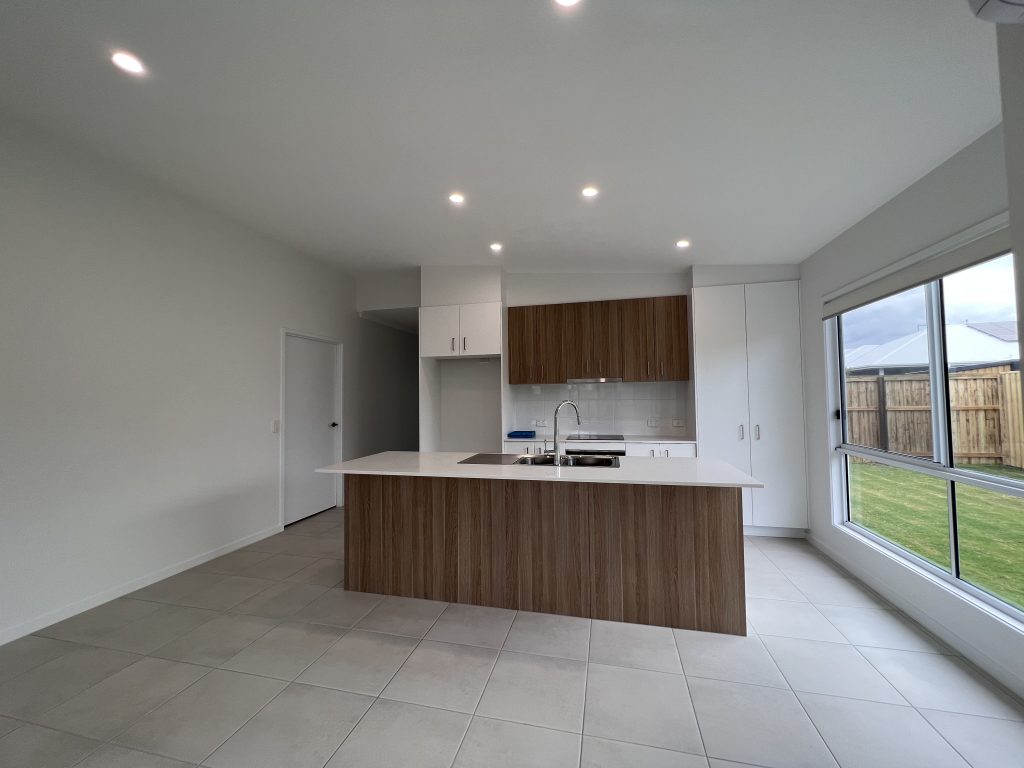Every day we hear about the housing crisis gripping Australia. Today’s issue around housing affordability and access to affordable accommodation close to workplaces is a complex problem that is years in the making. Fundamentally it is a supply issue; however, politically, some want to blame it on greedy landlords pushing up prices. In my experience working with property investors over the last 20 years, this is far from the reality.
Most property investors are just ‘regular Australians’ who want to be part of the housing solution.
Forward-looking property investors are keen to commit to sustainable projects that add value to the local community. For this reason, investing in accommodation specifically designed for social housing can be a great option. Like any investment, it needs to be well managed with good yields and opportunities for growth over the long term.

What is social housing?
Social housing is a term used to describe a combination of public housing owned by a government authority or community housing. Most social housing is owned and managed by registered Community Housing Providers (CHP), but charities, churches or community organisations also work in this space.
The aim of these organisations is to provide suitable accommodation for their clients located in areas easily accessible to services and community connections. In addition, the home should be inclusive and cater for people with a disability to maximise their capacity to live independently.
Why is social housing important?
Over the last 20 years, it is estimated that up to 10% of all Australians have accessed social housing. However, only about a third of those people who access social housing do so on a continual basis. This group tends to be older Australians and is more likely to be females on disability or age pensions.
Research conducted by the Australian Housing and Urban Research Institute (AHURi) found many pathways leading in and out of social housing. For example, secure accommodation is often a launchpad to more stable employment and general market housing for someone at risk of homelessness.
What does social housing look like?
Across the nation, social housing can exist in apartment blocks, townhouses or stand-alone properties. These homes are designed to be inclusive for a wide variety of tenants. They often have slightly different specifications from a standard build, for example, the inclusion of wider hallways and doorframes for participants in a wheelchair.
At Triple Zero Property, the social housing projects we have partnered with are unrecognisable as ‘social housing’- they look like and feel like any other home in the neighbourhood. This encourages diversity and inclusivity in the community but also means it can be repurposed and reoccupied for the general market if it is no longer needed for social accommodation.


Who can access social housing?
Homelessness has always been more acute in the big cities, but over the past few years, affordable housing is now an issue in the regions as well. For Australians to be eligible for social housing, it is linked to income with a priority for those with health problems, disability, and homelessness. Everyone should have access to affordable, safe and secure housing. Still, it takes a team to match the needs of some of the vulnerable members of our community with appropriate accommodation.
“It’s really important to have your own space, to have a sense of control over where you live…”
– Social Housing Recipient
Partnerships are key
Social housing relies on a partnership between the community housing provider, support service providers (to deliver health and other support services for tenants), local and state governments and the private sector. This team approach is necessary to ensure that the location and style of home matches the right mix of tenants and their requirements.
Should I invest in social housing?
If you want to invest in property that is sustainable, accessible and improves the quality of life for more Australians, options are available. Firstly, your financial investment needs to stack up, and this is where an independent, professional team (financier, accountant, conveyancer, and property specialist) can guide you. For investors, social housing can provide long-term rental security through a head-lease with a registered Community Housing Provider. Some CHP’s are obtaining market rent and leases include an annual review.
Danny Buxton, Director of Triple Zero Property, explains, “while investing in social housing may not be every investor’s choice, it can be a great option knowing that your home is making a real difference for someone else”.
“Clients come to us to help them secure an investment property because they want a growth-focused, long-term financial investment, but that is just one requirement. The more astute investor wants a quality home that is sustainably built and good for the community in which it is located”.
How do I find the right property?
The location and the design of the home are vital to the long-term viability of the project:
- Is it close to community services, transport and employment hubs?
- Does the design reflect the tenants’ needs?
- Is the builder a specialist in these types of homes?
- Will the specs be a quality home designed to last (cheap homes that need renovations after ten years are not good for the planet)?
- Is the location and build approved by a Community Housing Provider?
If you want to secure a property that ticks all the boxes, the team at Triple Zero Property can help. If you would like more information call 1300 897 000 or email [email protected].
This content is general information only. Your situation is specific and individual; as such, you should always consult a registered and qualified professional within the particular area of advice needed.
